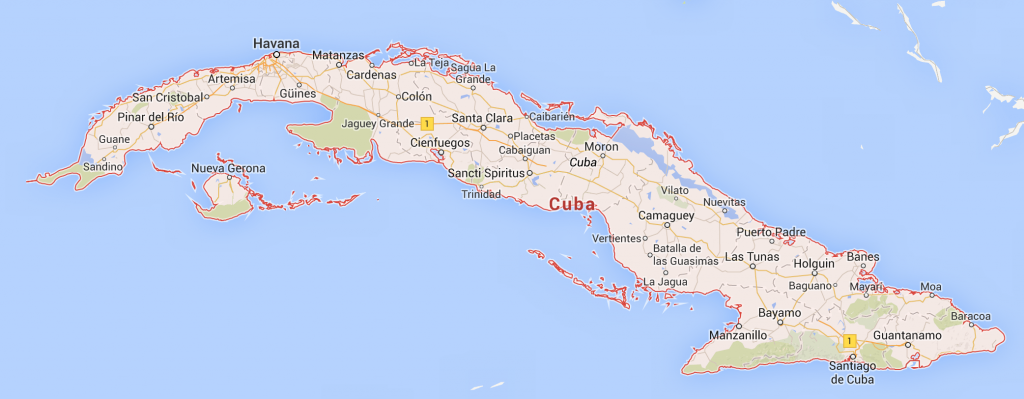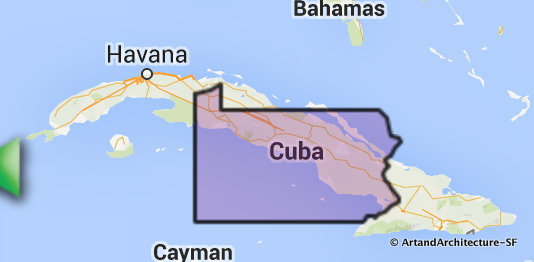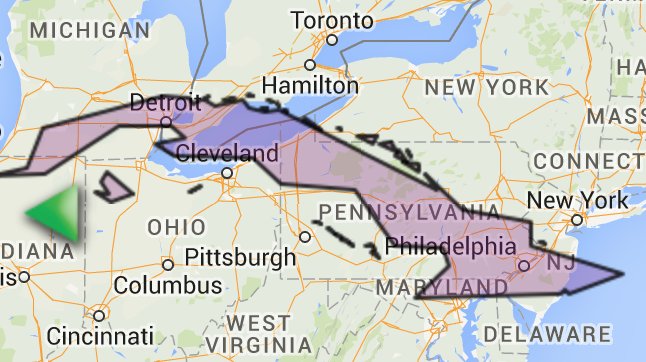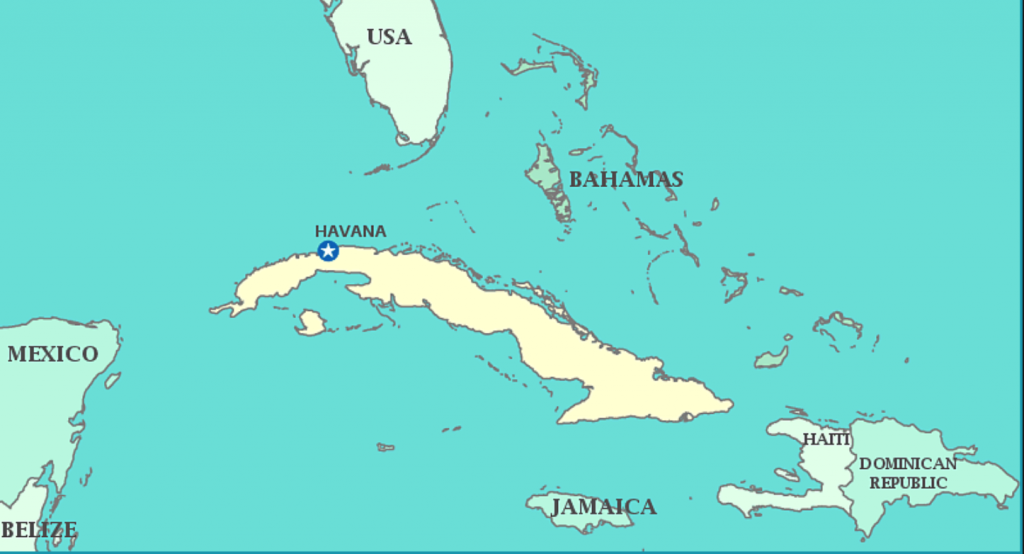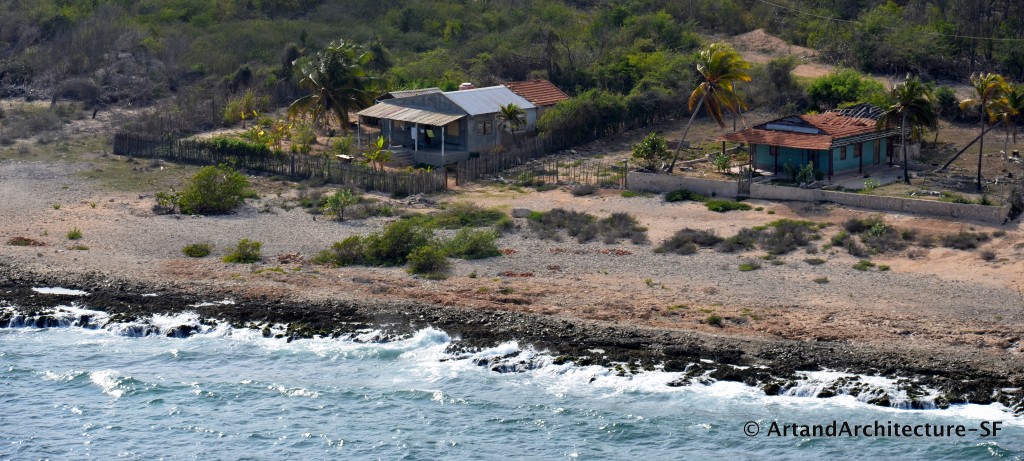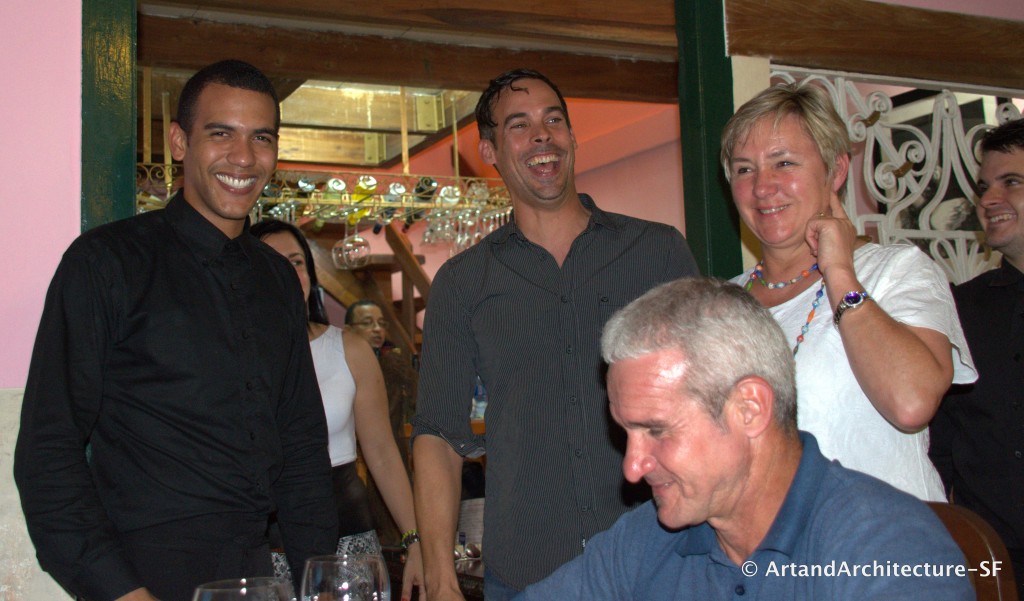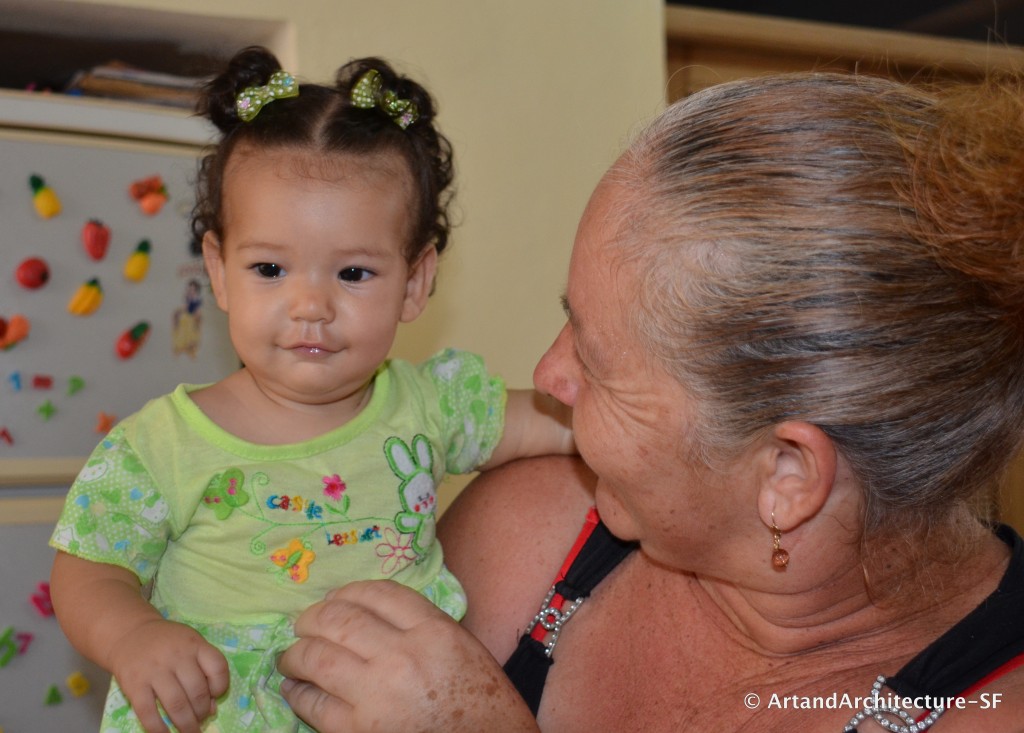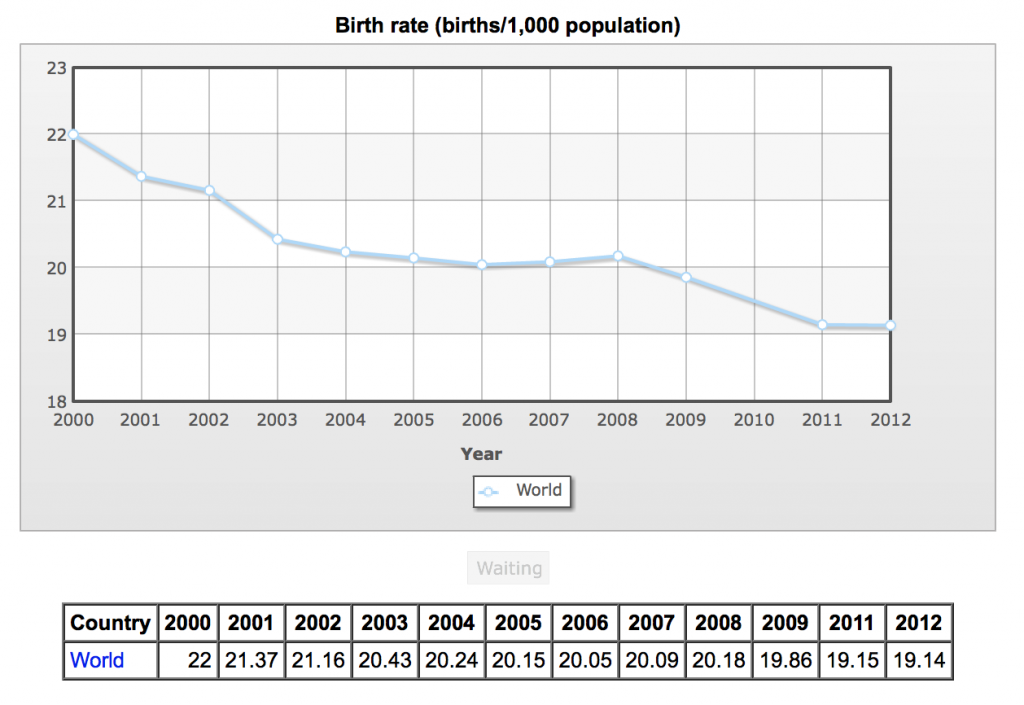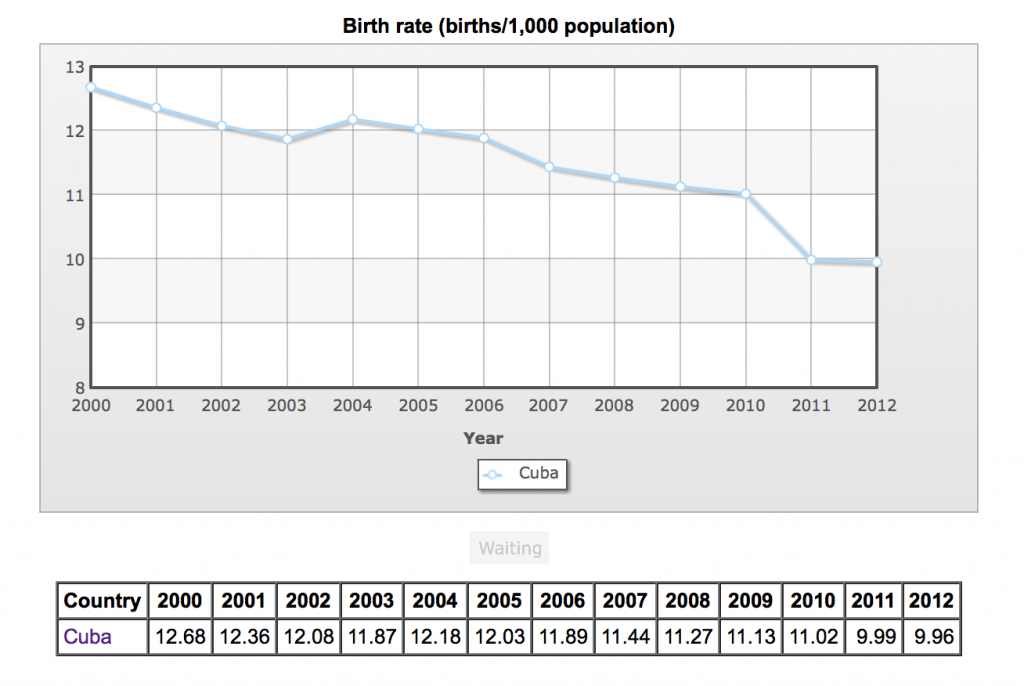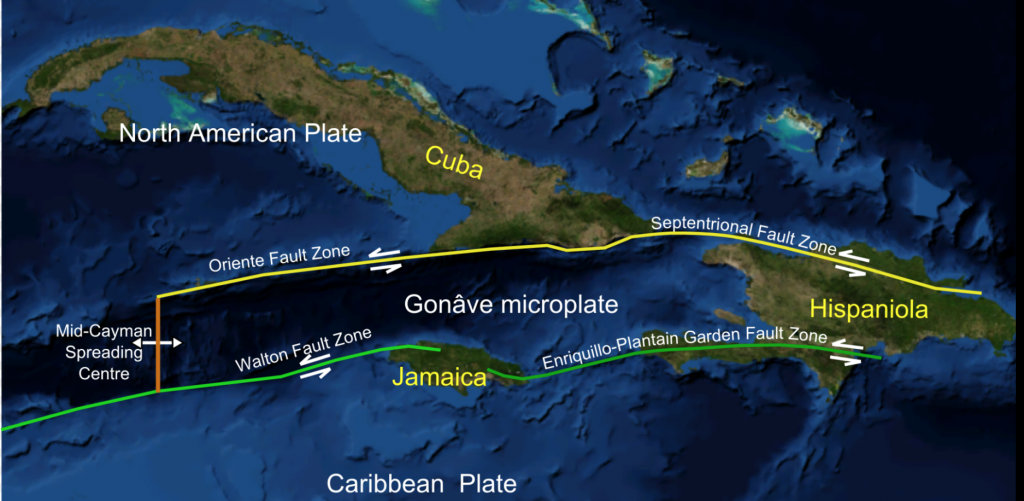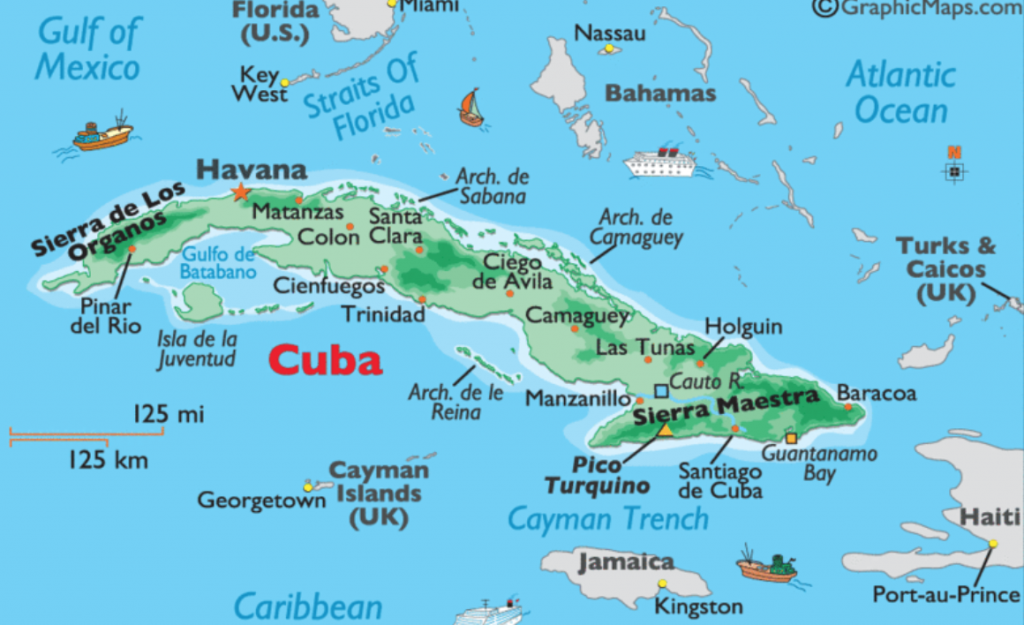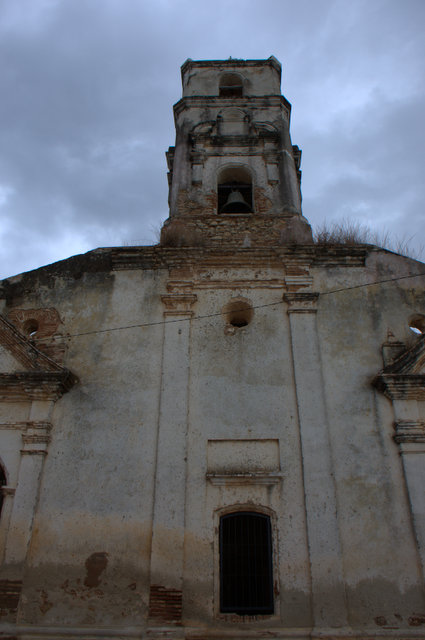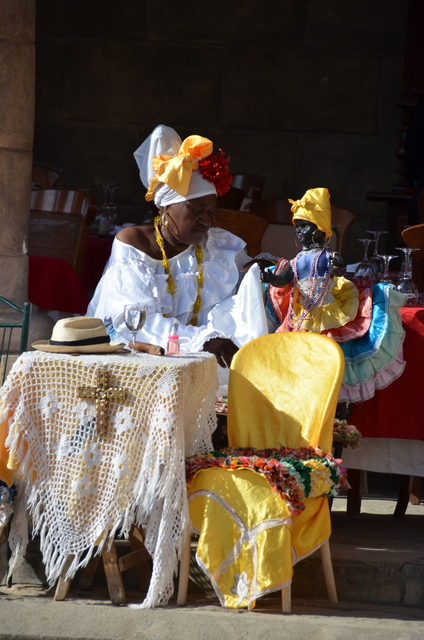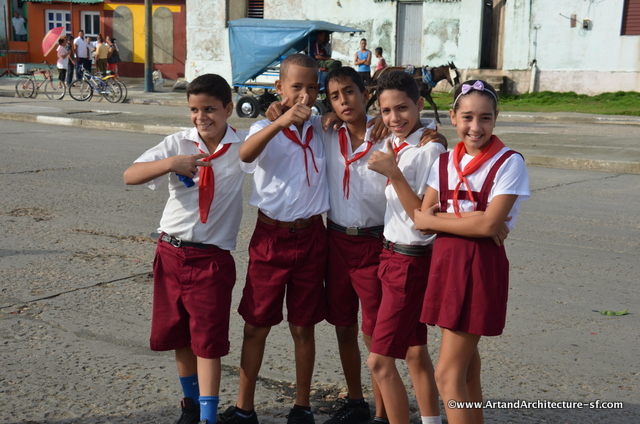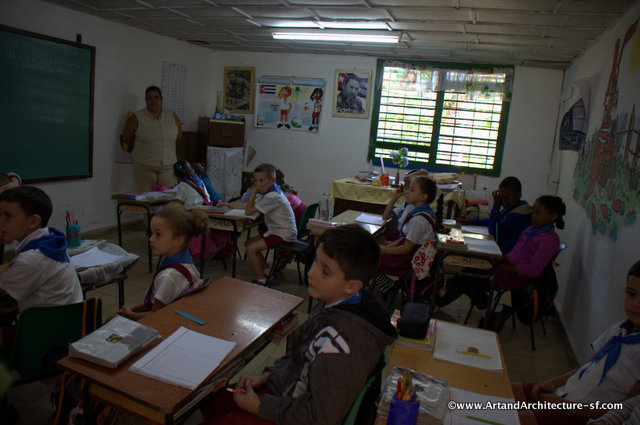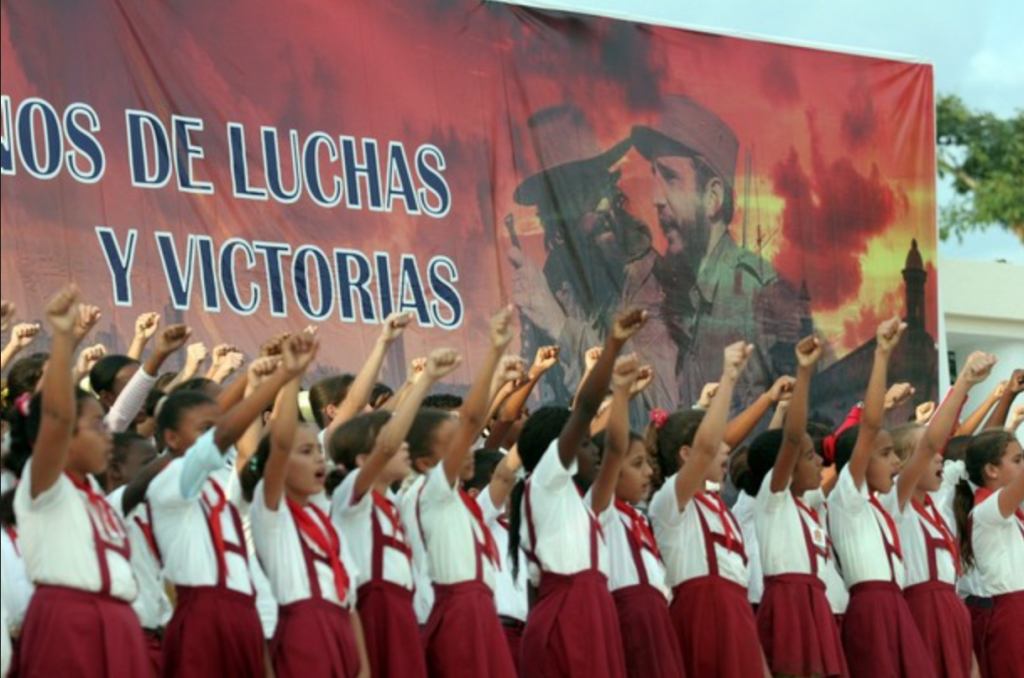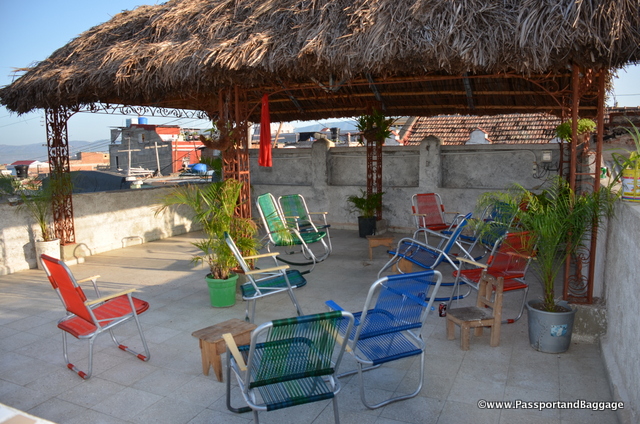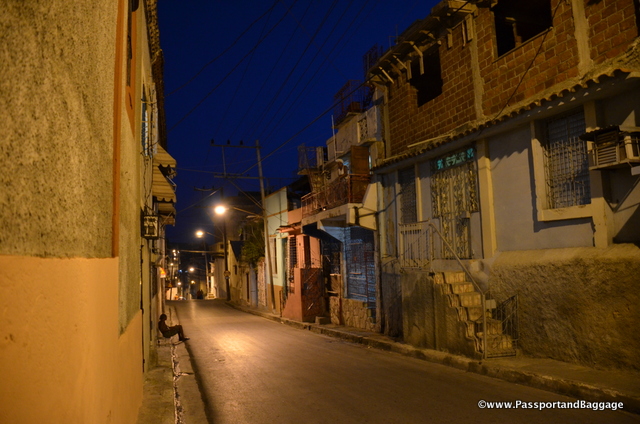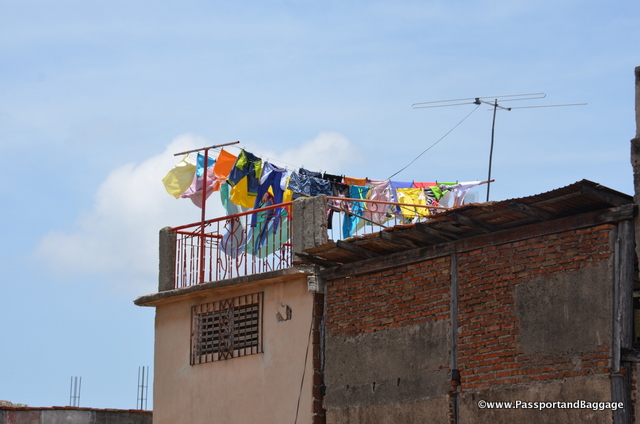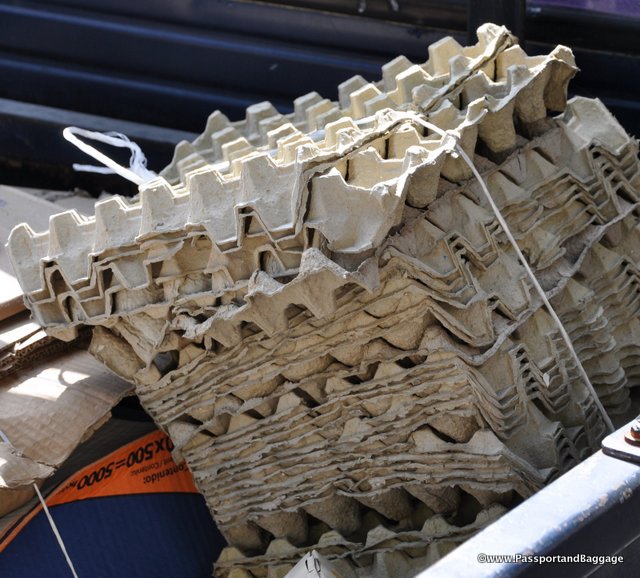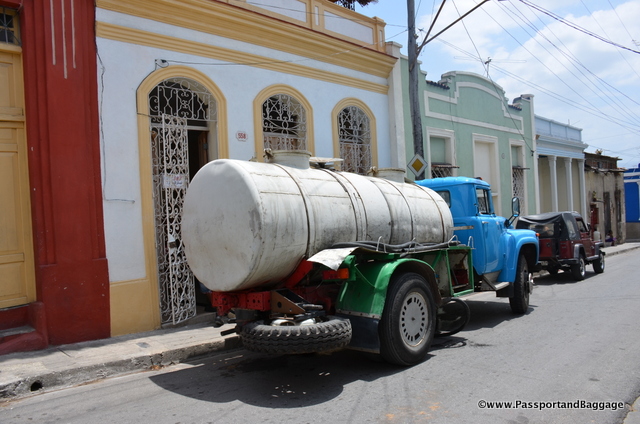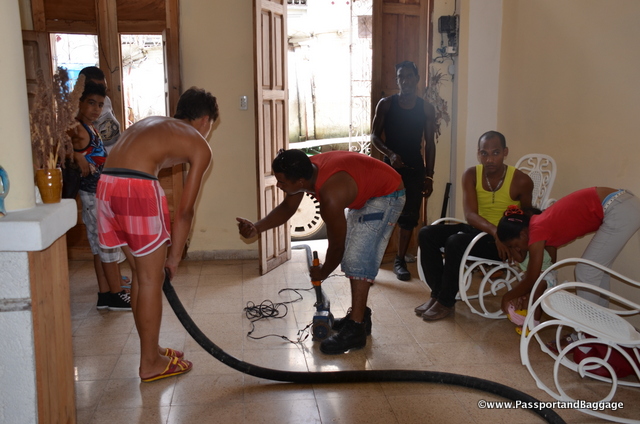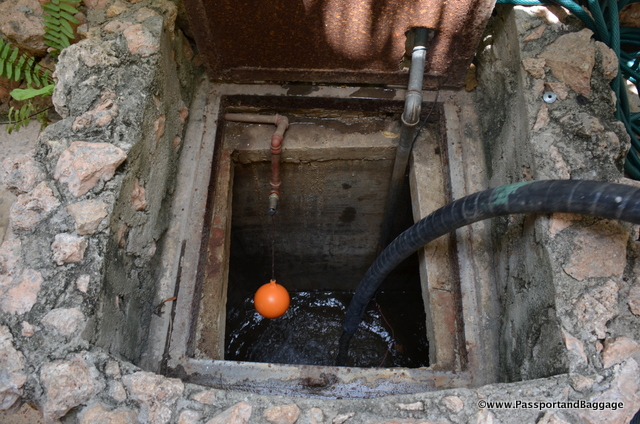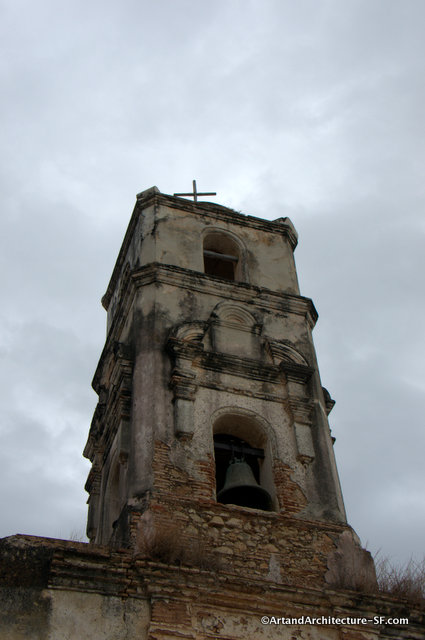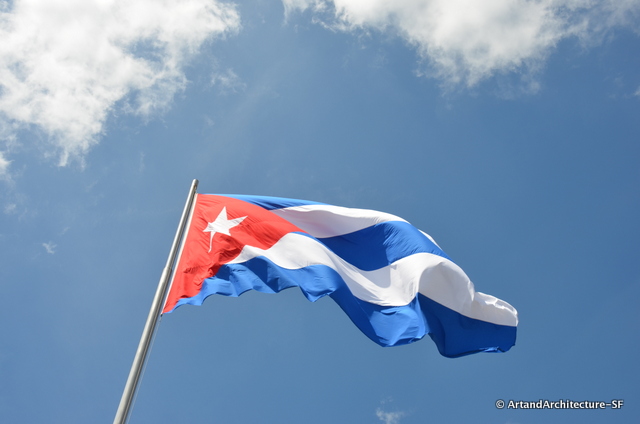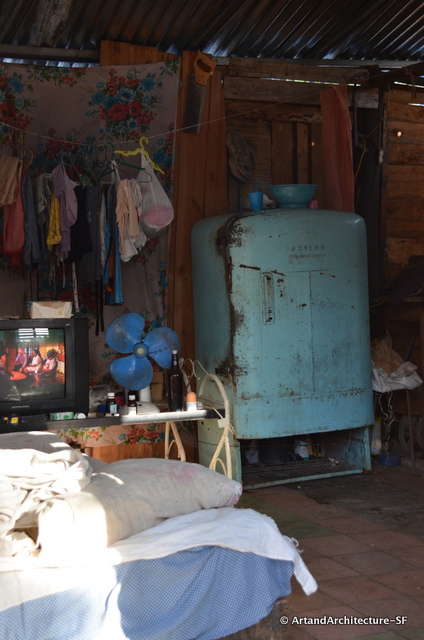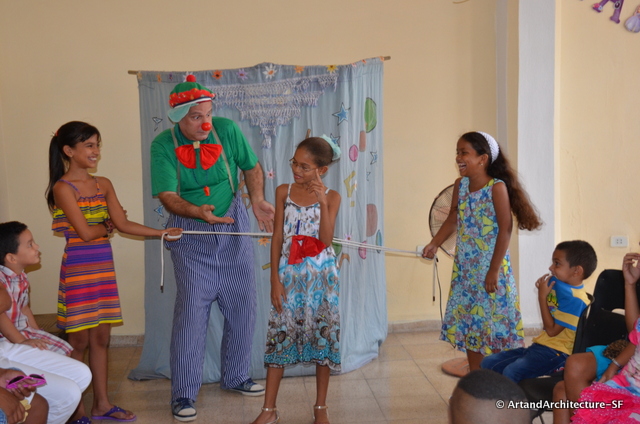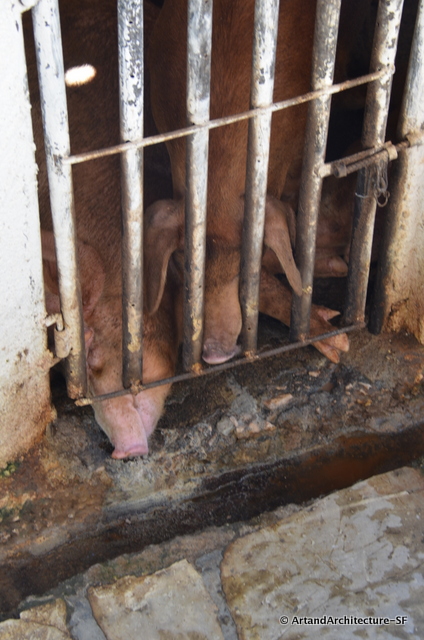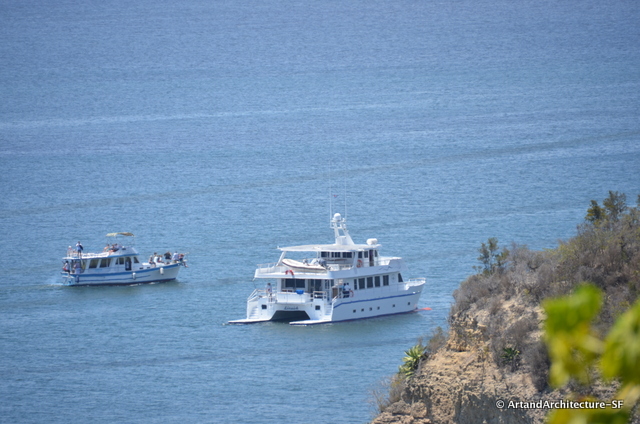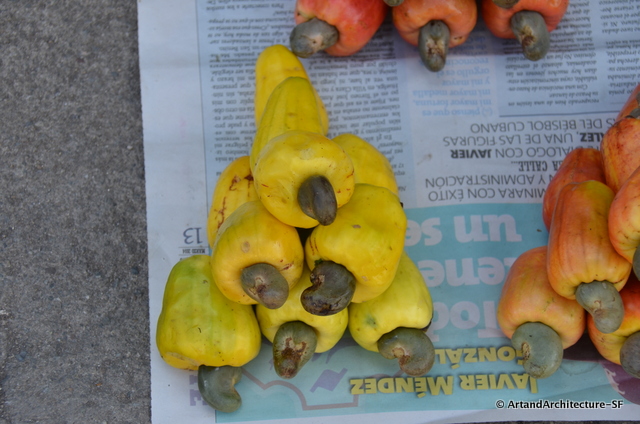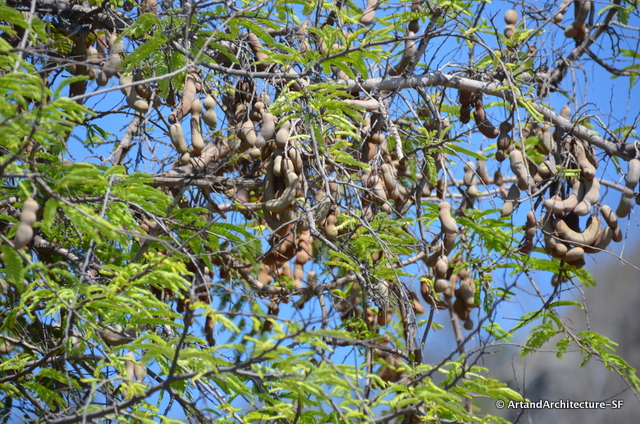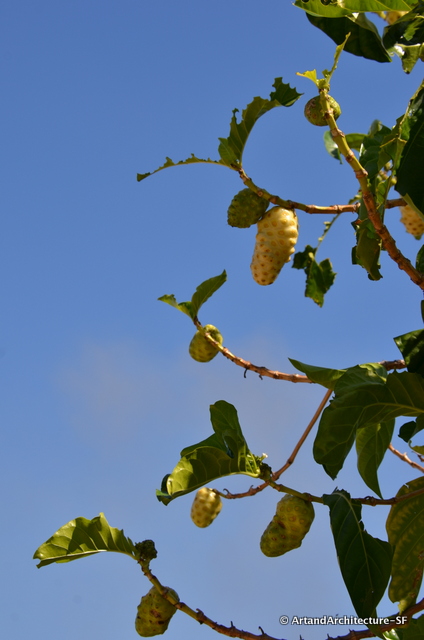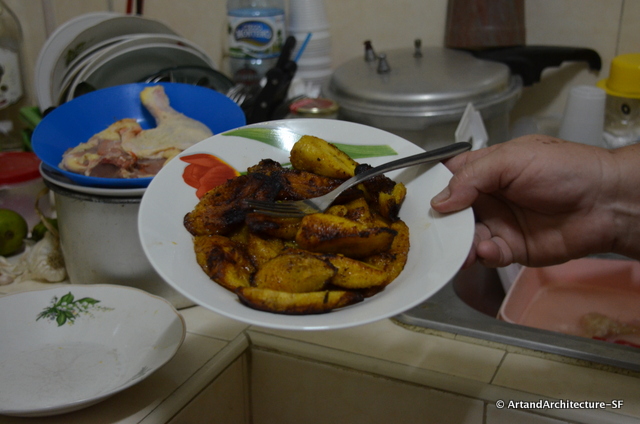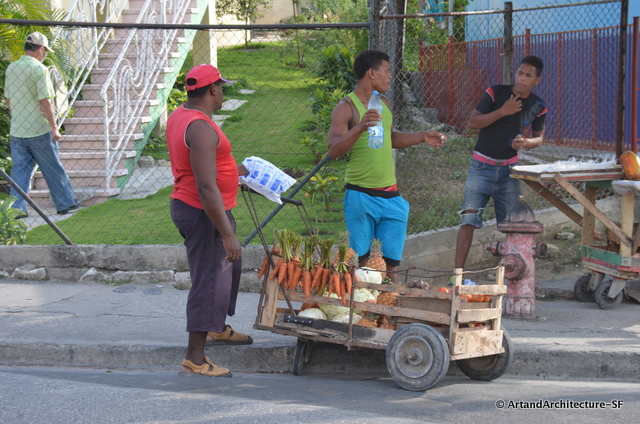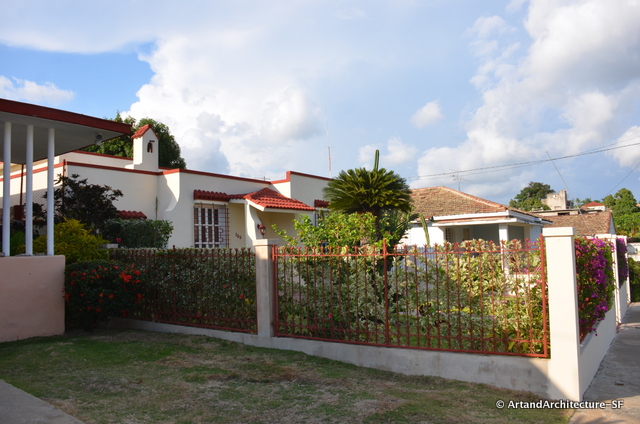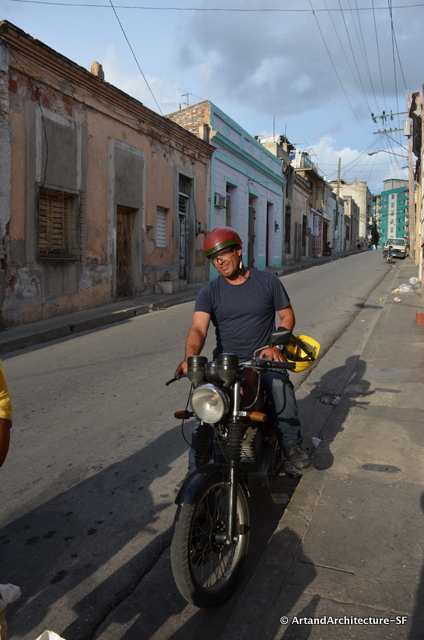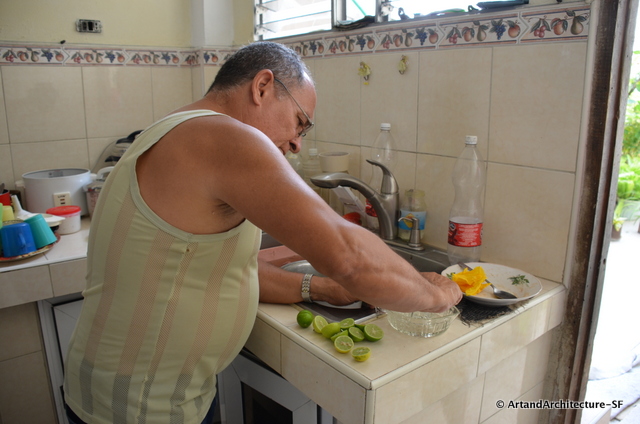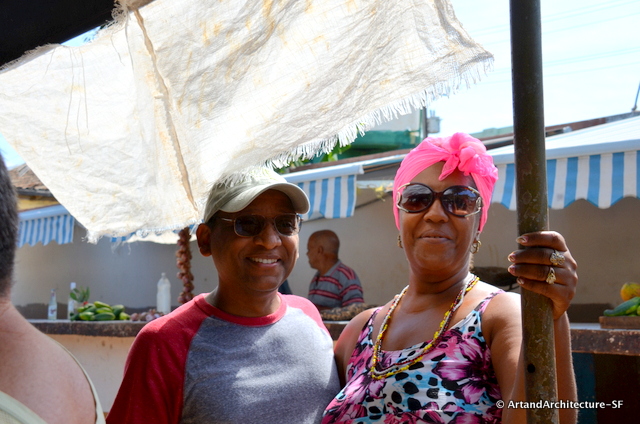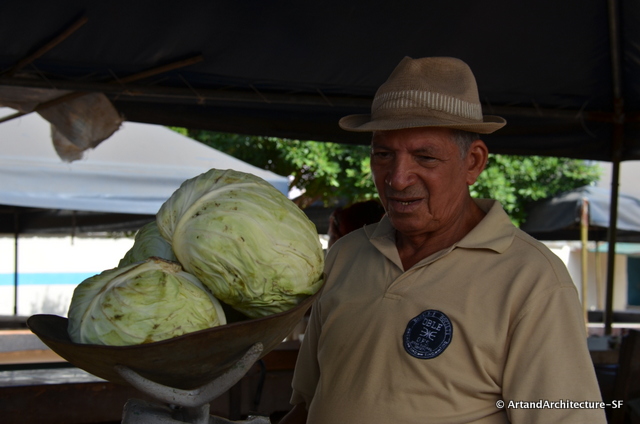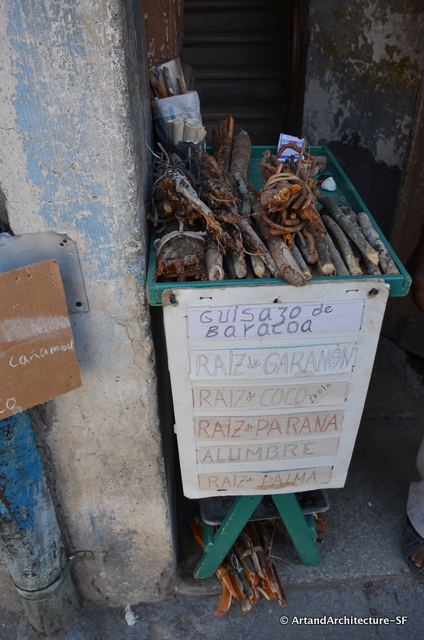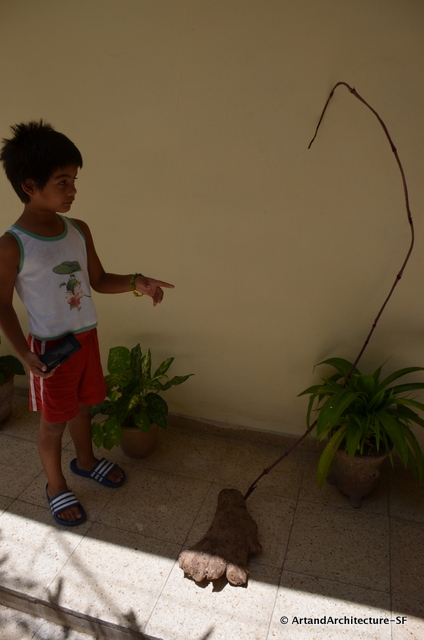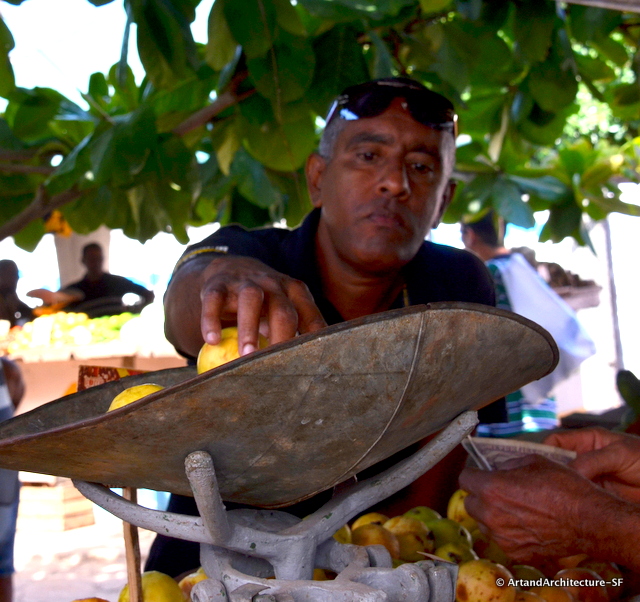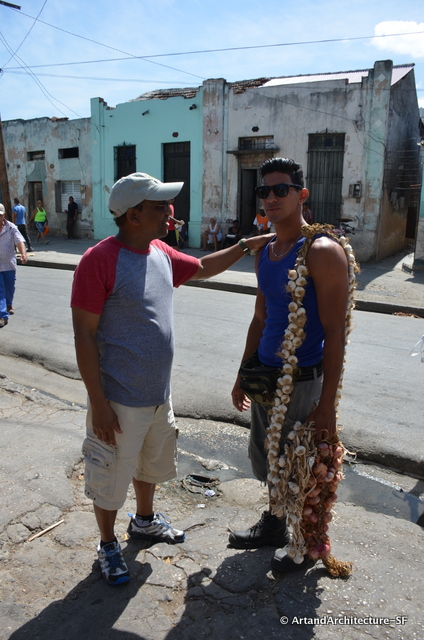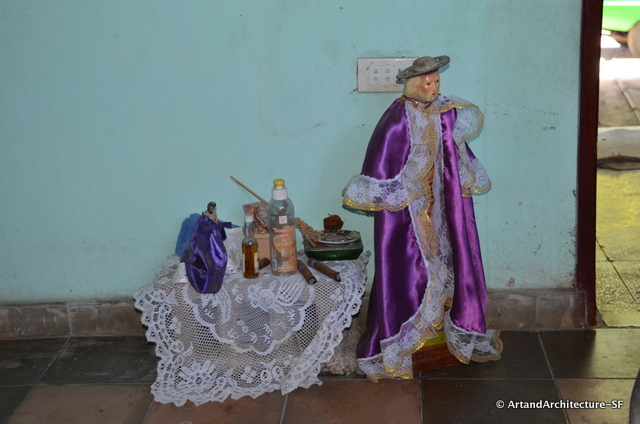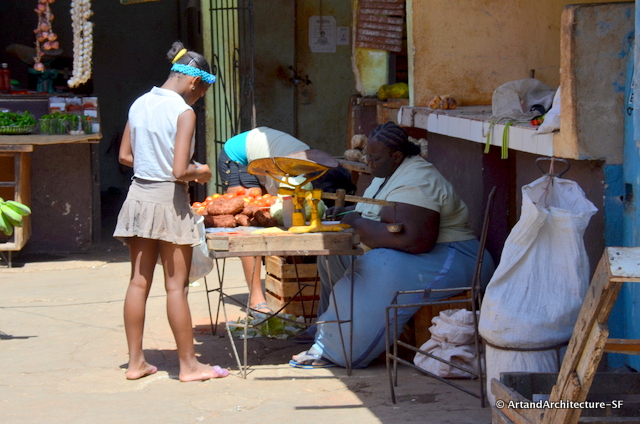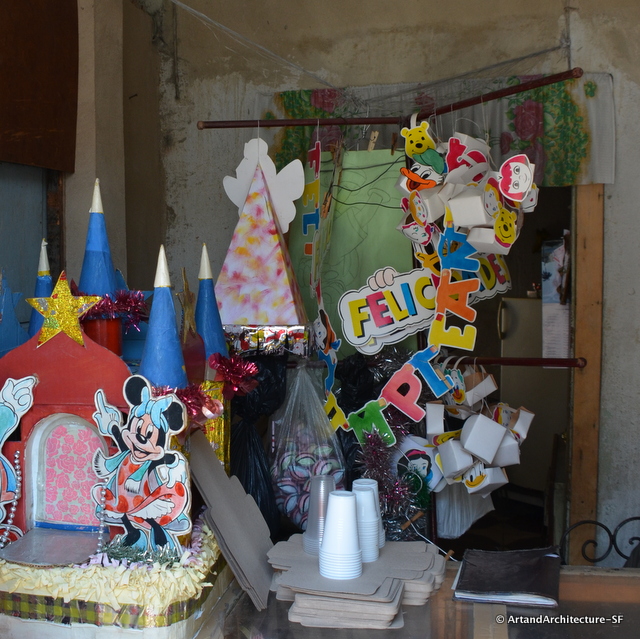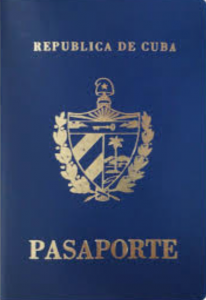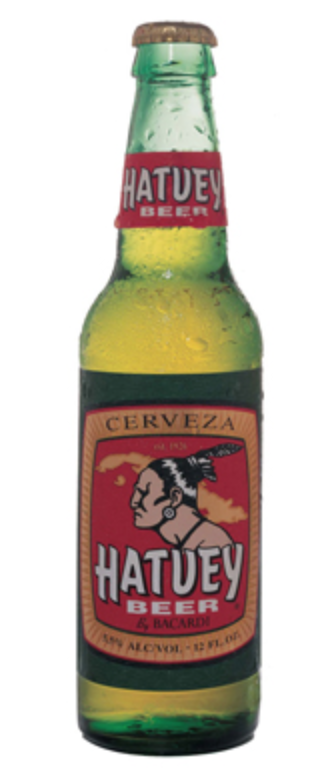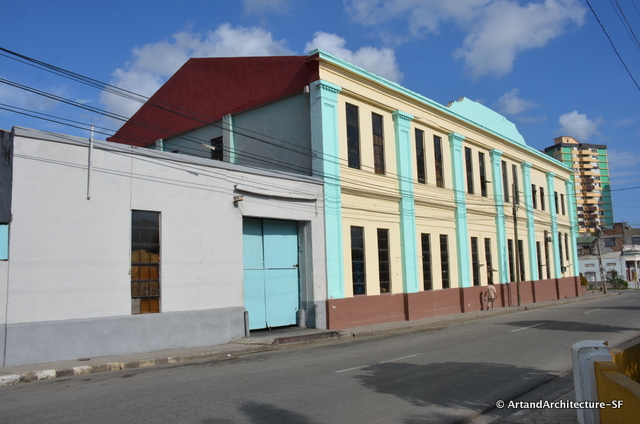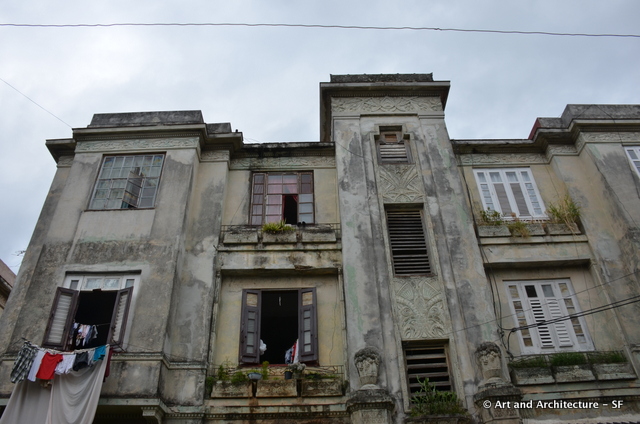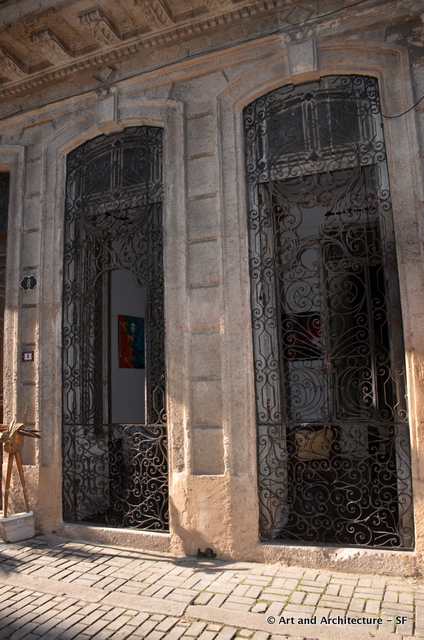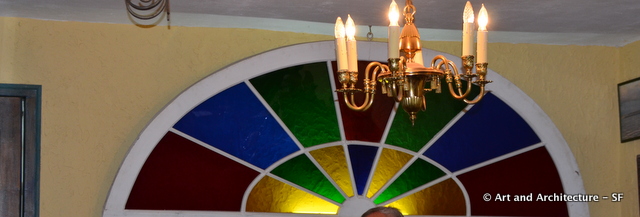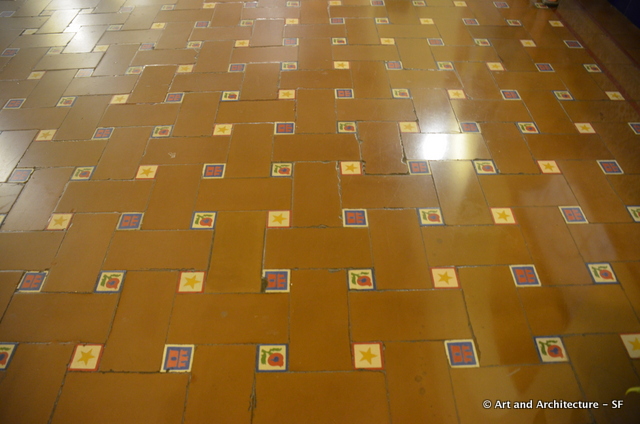Cuba has the most tightly controlled internet in the world. Their internet is characterized by a low number of connections, limited bandwidth, censorship, and high cost. For that reason I posted this first entry prior to leaving and the rest upon my return.

Everyone is talking about the opening of negotiations between the US and Cuba, so before I leave, I thought I would share some thoughts.
Before leaving I attended a lecture with a dear friend who owns property in Cuba and visits regularly. The lecturer was Peter Kornbluh, author of Back Channel to Cuba. My friends take on the entire thing was that it was nice to hear the diplomatic side, but it was way off base regarding the people that actually live in Cuba. The book, while dense, is a good read if you want to get a feel for the complicated situation that has been going on since the Kennedy administration.
While I am truly in favor of, and in complete agreement with the release of prisoners on BOTH sides of the issue, there is still a long way to go towards normalized relations between these two countries.
There were several excellent articles about the release of prisoners, and I will point you to them here (American) and here (Cuban). I do not want to get into a discussion of “left vs right” or “I see it that way vs You see it this way”, I would just like to present a few good articles. At this point, my attitude is, unless you are Cuban and have lived there for the past 20-50 years, you really only have the right to listen, there are just too many facts not available to people that are looking from the outside in to have an opinion of value.
I will say, however, that my Cuban friend Otis, who now lives in the United States, has said the only person in Cuba that will benefit from the lifting of the embargo and complete normalization, at this point would be Castro. Presently the embargo is a good way for the Castro’s to stay in power and keep up the “revolutionary fervor” as my friend Gary Brown has so aptly pointed out. However, if the embargo were lifted Otis feels that all the money and goods would go to the people in power and not the people of the country. Since this has played out so often over history, I have to agree he has a point.

Castro who is now 88 years old
I have been told by many that have traveled to Cuba that one can not be prepared for the overwhelming sense of poverty. I have taken that under advisement. I have been in some of the most impoverished parts of the world, but they were not islands, they were a part of a more dynamic country with parts that had an actual economy.
I have also heard that you never feel the poverty because of the beauty of the people, and the amazing, if somewhat dilapidated, architecture. I am excited no matter what I find.

When I heard that comment about poverty, I immediately thought of an article I had read about the cars of Cuba. Yes, the Cubans are master mechanics, they have the ability to hand make any part of any U.S. car, but what about materials to make those parts? Tires are nonexistent in Cuba. Think about that. You utilize your car to make money, tourists for private rides during the day, and by night, taxi, but your tire has been repaired so many times you desperately need a new one. Also, why classic American cars? Well a Peugeot costs approximately $262,000 in Cuba, necessity is truly the mother of invention. Should the price of oil continue to plummet and the Cuba Venezuela pact breakdown, none of this is important, because there won’t be any gas to operate the cars anyway.
If you aren’t up on Cuban politics and that last line threw you, basically Cuba sends thousands of medical professionals to Venezuela and, in return, gets billions of dollars worth of Venezuelan oil cheaply.

Some common Questions:
The night before I left the rules changed, but just 24 hours prior as an American I was required to travel with a group. one could not enter Cuba legally from the United States, without being in a group. One could not get a visa without being part of a group and only the group can give one the authorization letter needed to enter the country. This won’t change too terribly much to be honest. The US now has no problem with American citizens traveling to Cuba, however the Cuban government is another story. You will still need to have approved Cuban visas that are issued only by approved agencies. For that reason most people will most likely still need to be on a tour, for a while anyway.
Most everyone travels on what is considered a People-to-People expedition. What that means is that you don’t choose where you want to go and what you want to see, they do. That being said, it really is a great itinerary. Local craftspeople, local farmers, several museums, tobacco sorting and drying facility, art projects, schools, and senior centers are all on the agenda.
 I have been told over and over that washcloths are non-existent, I have come prepared. Also toiletries, while available, are not plentiful, nor any of the other items one has grown accustomed to finding in even the cheapest hotels around the world.
I have been told over and over that washcloths are non-existent, I have come prepared. Also toiletries, while available, are not plentiful, nor any of the other items one has grown accustomed to finding in even the cheapest hotels around the world.
 I am fortunate in that I will be part of the first group of people to be able to legally bring back Cuban Cigars and Cuban Rum to the United States. Yes, I plan to do so!
I am fortunate in that I will be part of the first group of people to be able to legally bring back Cuban Cigars and Cuban Rum to the United States. Yes, I plan to do so!
One last thought – is Castro dead? The rumor was running rampant on the island according to my friends that returned just before I left, then the newspapers and internet picked up on it. The best that I can say is no, but that is only because an Argentinian soccer player, Diego Mardona, has received a letter from Castro saying he is very much alive and well.
If he were would it affect Cuba, probably not, Raul is pretty well ensconced and has been for seven years now. The military complex controls 60% of the major enterprises on the island according to the Institute for Cuba and Cuban American Studies at the university of Miami, these officers have a huge incentive to maintain control regardless of who is in charge.
In 2013 when Raul lifted the exit visa requirements for Cubans allowing them to travel more freely, and then instituted a series of economic changes allowing for a slightly less state-run economy things also eased up on the potential for revolution. While dissidents continue to protest an outright overthrow seems hardly in the wind.
With that all said, I look forward to bringing you my findings and my photographs, see you in a few weeks.

